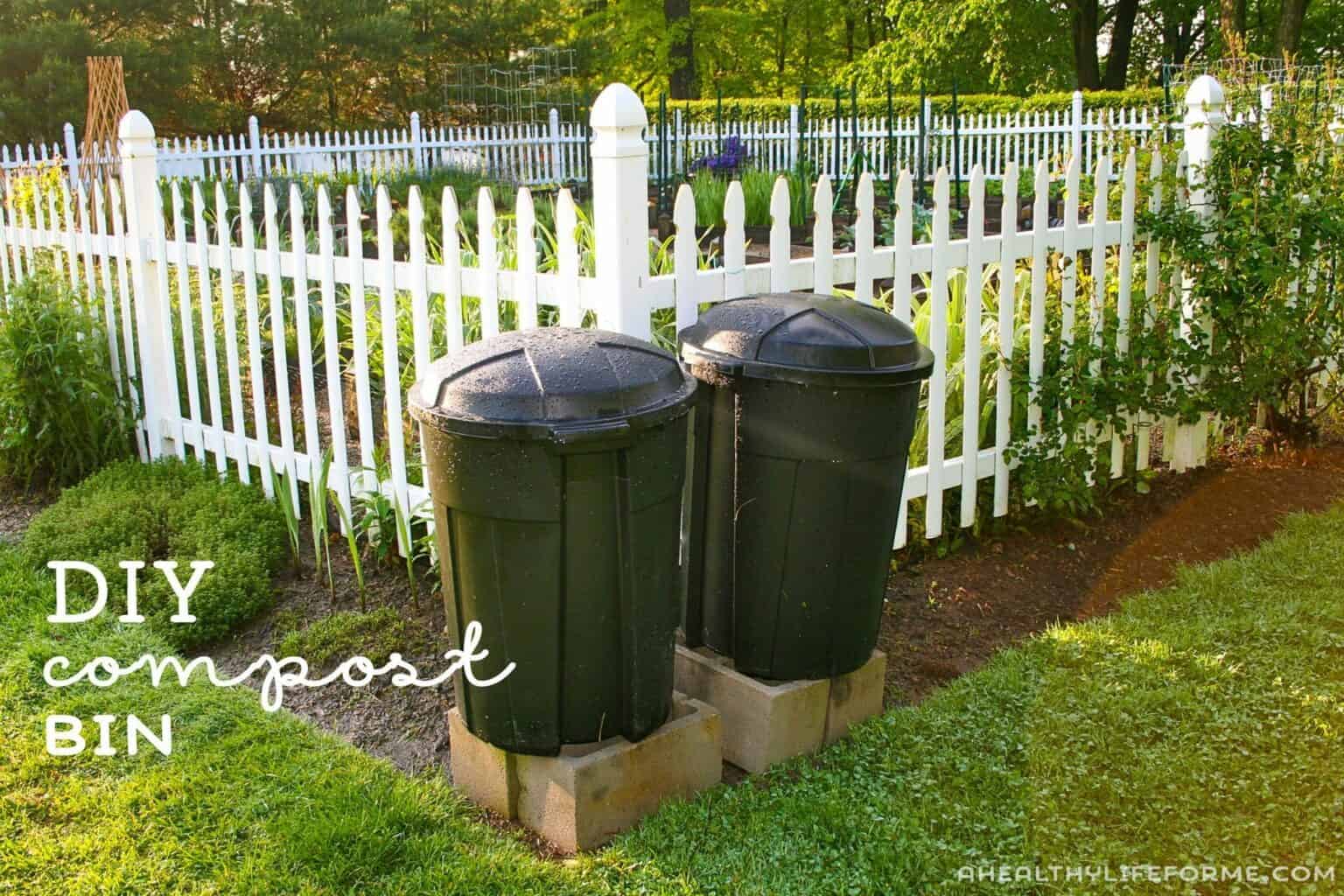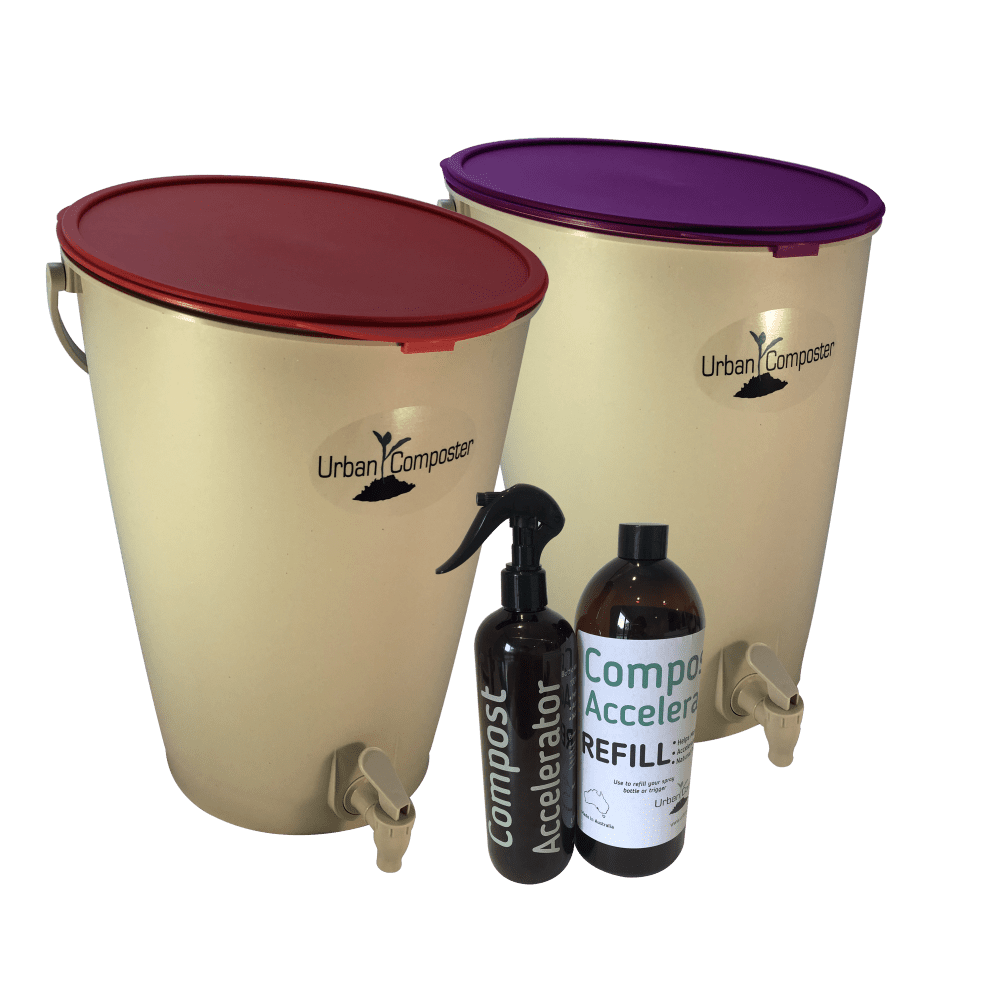DIY Compost Bins for Small Backyards: Transform Your Urban Garden

In the heart of urban jungles, where space is a premium, the idea of composting might seem like a far-fetched dream. But what if I told you that you could turn your kitchen scraps into nutrient-rich soil right in your small backyard? Imagine your garden as a mini ecosystem, where nothing goes to waste. With DIY compost bins for small backyards, you can achieve this and more. Let's dive into the world of urban composting and explore how you can create your own homemade compost bins, even in the tiniest of spaces.
The Benefits of Backyard Composting
Composting is not just about reducing waste; it's about enriching your soil and nurturing your plants. By creating your own compost, you're essentially giving your garden a superfood boost. Compost improves soil structure, retains moisture, and provides essential nutrients that plants crave. Plus, it's an eco-friendly way to manage organic waste, reducing your carbon footprint one banana peel at a time.
Choosing the Right DIY Compost Bin for Your Small Garden
When it comes to DIY compost bins for small backyards, size matters. You need a bin that fits snugly into your space without overwhelming it. Here are a few options to consider:
1. The Classic Wooden Bin
A wooden compost bin is a timeless choice. It's easy to build and can be customized to fit your space. All you need are some wooden pallets, a hammer, nails, and a bit of elbow grease. The slatted design allows for good airflow, which is crucial for the composting process.
2. The Space-Saving Tumbler
If you're really short on space, a compost tumbler might be your best bet. These bins are designed to be rotated, which speeds up the composting process. They're also elevated, making them easier to access and less likely to attract pests. You can buy a tumbler or make your own using a large plastic barrel and some basic hardware.
3. The Urban Worm Bin
For the ultimate in small-space composting, consider a worm bin. Worms are nature's composting champions, turning kitchen scraps into rich vermicompost. A worm bin can be as simple as a plastic storage container with air holes, making it perfect for apartment balconies or tiny backyards.
Building Your DIY Compost Bin: A Step-by-Step Guide
Let's get our hands dirty and build a classic wooden compost bin. This project is perfect for beginners and can be completed in an afternoon.
Materials Needed
- 4 wooden pallets
- Hammer and nails (or a nail gun)
- Hinges and a latch (optional)
- Chicken wire or hardware cloth (optional)
Steps
- Prepare Your Pallets: Start by dismantling one of the pallets to use the slats for the sides and bottom of your bin.
- Build the Sides: Nail the slats to the other three pallets to create the sides of your bin. Make sure to leave gaps for airflow.
- Assemble the Bin: Stand the pallets up and nail them together to form a three-sided structure.
- Add a Door: Use the remaining slats to create a door for easy access. You can attach it with hinges and a latch for convenience.
- Optional: Add a Bottom: If you want to keep your compost contained, you can add a bottom using chicken wire or hardware cloth. This will also help keep critters out.

Maintaining Your Small Garden Compost
Once your bin is built, it's time to start composting. Here are some tips to keep your compost healthy and happy:
- Balance Your Greens and Browns: Composting is all about balance. Green materials (like fruit and vegetable scraps) provide nitrogen, while brown materials (like leaves and newspaper) provide carbon. Aim for a ratio of about 1:2 green to brown.
- Keep It Moist: Your compost should be as damp as a wrung-out sponge. Too dry, and the composting process slows down. Too wet, and it can become smelly and attract pests.
- Turn It Regularly: Aerating your compost helps speed up the decomposition process. Use a pitchfork or shovel to turn your compost every week or so.
Troubleshooting Common Composting Issues
Even the most seasoned composters run into issues from time to time. Here are some common problems and how to fix them:
- Smelly Compost: If your compost smells bad, it's likely too wet or has too much green material. Add more browns and turn it to introduce more air.
- Slow Composting: If your compost isn't breaking down as quickly as you'd like, it might be too dry or lacking in greens. Add some water and more nitrogen-rich materials.
- Pests: If you're having trouble with pests, make sure your bin has a secure lid and a bottom that prevents access. You can also try burying food scraps deeper in the pile.
Embracing the Art of Urban Composting
Urban composting is more than just a way to manage waste; it's a way to connect with nature in the heart of the city. By creating your own DIY compost bins for small backyards, you're not just enriching your soil—you're enriching your life. So, why not give it a try? Your garden (and the planet) will thank you.

Conclusion
DIY compost bins for small backyards are a game-changer for urban gardeners. They allow you to turn waste into wealth, enriching your soil and nurturing your plants. Whether you choose a classic wooden bin, a space-saving tumbler, or an urban worm bin, there's a composting solution that fits your space. So, roll up your sleeves, grab your tools, and let's get composting!
FAQs
What can I compost in my backyard bin? You can compost a variety of organic materials, including fruit and vegetable scraps, coffee grounds, eggshells, leaves, and grass clippings. Avoid meat, dairy, and diseased plants.
How long does it take to make compost? The time it takes to make compost varies depending on the materials and conditions. It can take anywhere from a few months to a year.
Can I compost in the winter? Yes, you can compost in the winter. The process slows down in cold temperatures, but it doesn't stop completely. You can insulate your bin with straw or leaves to keep it warmer.
What should I do if my compost bin attracts pests? If your compost bin attracts pests, make sure it has a secure lid and a bottom that prevents access. You can also try burying food scraps deeper in the pile.
How do I know when my compost is ready to use? Compost is ready to use when it looks like dark, crumbly soil and has a pleasant, earthy smell. There should be no recognizable food scraps left.
0 Response to "DIY Compost Bins for Small Backyards: Transform Your Urban Garden"
Post a Comment